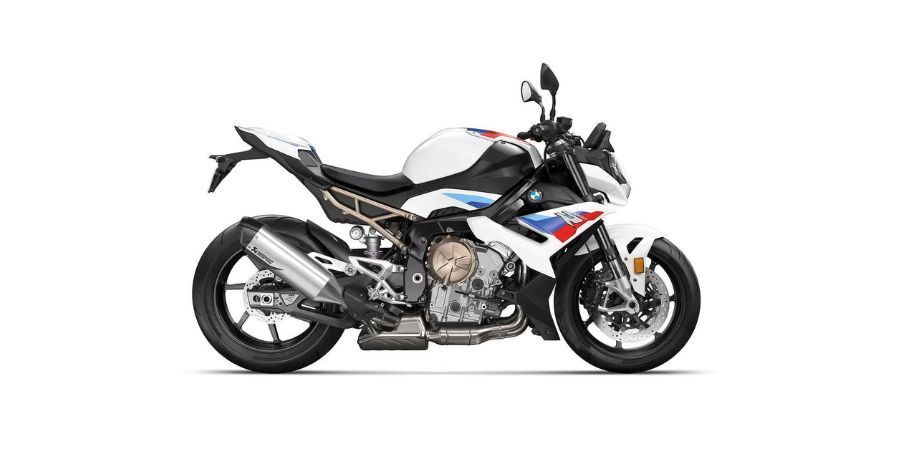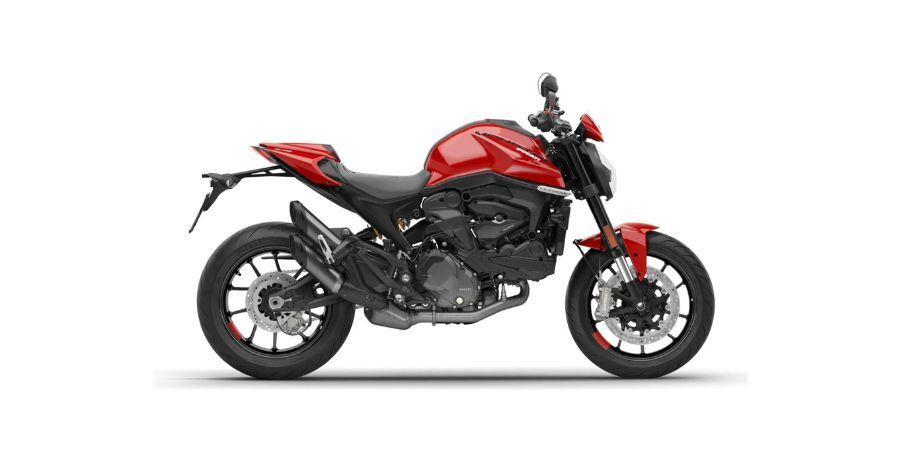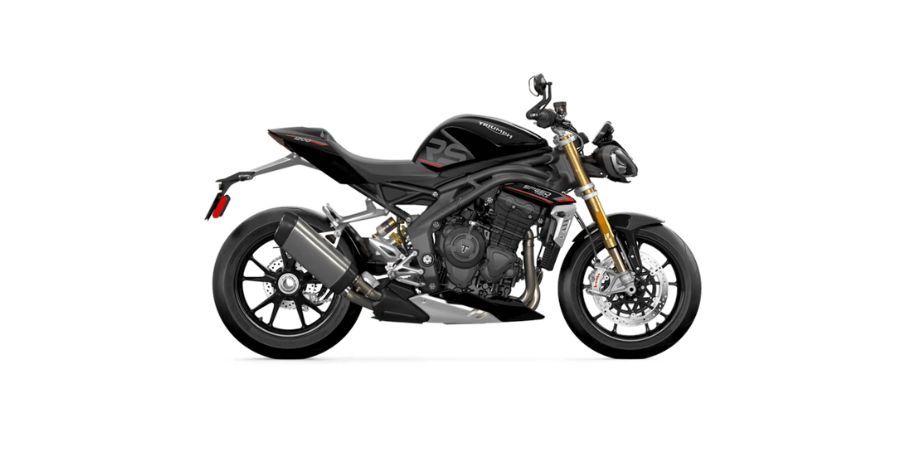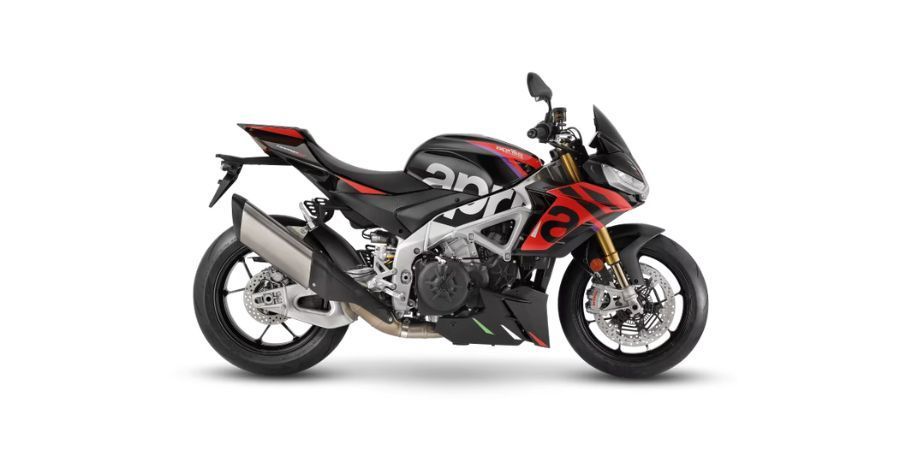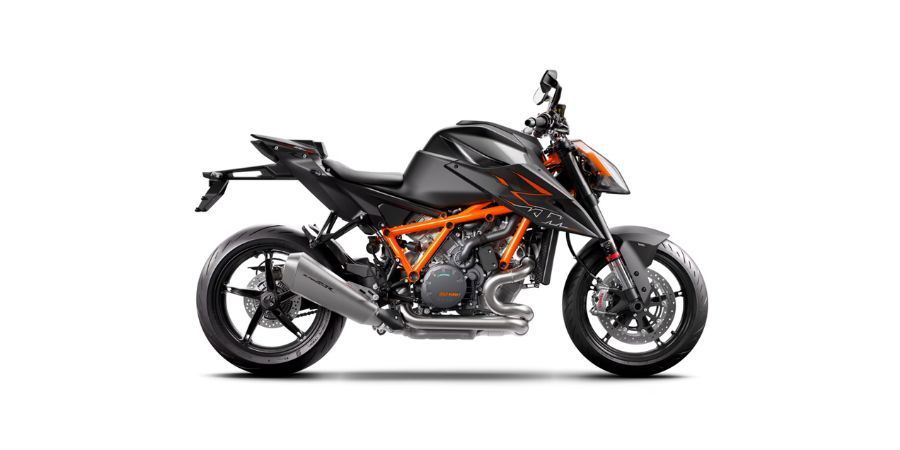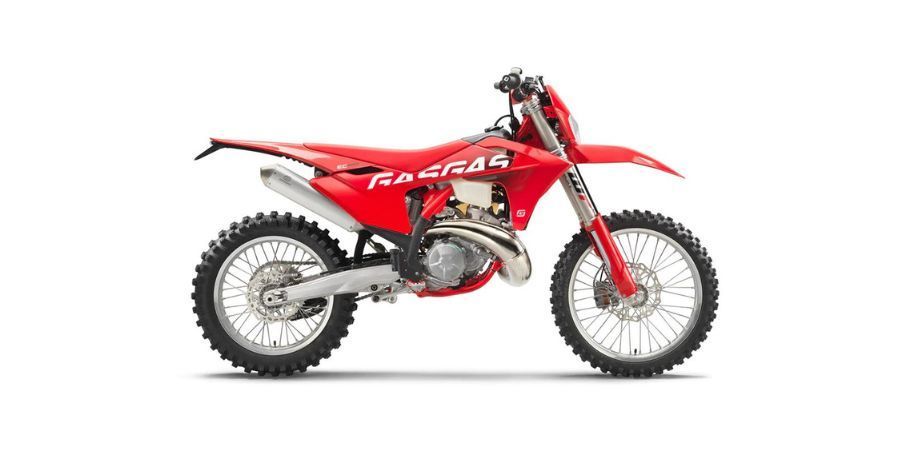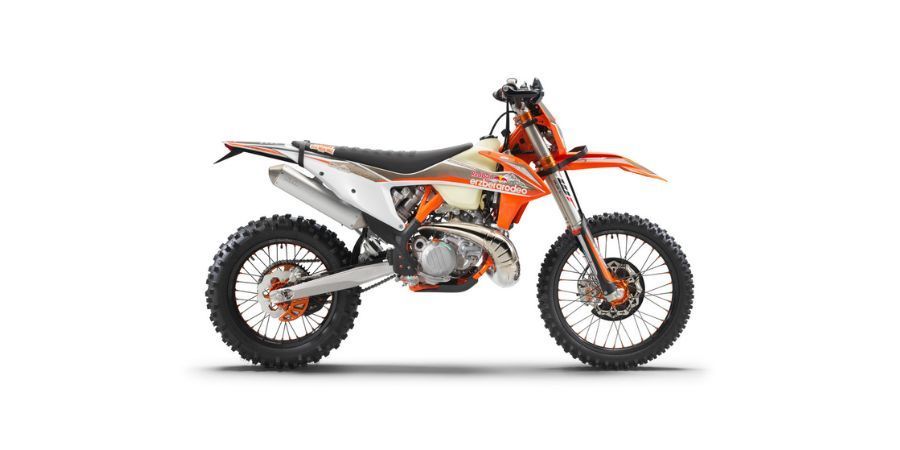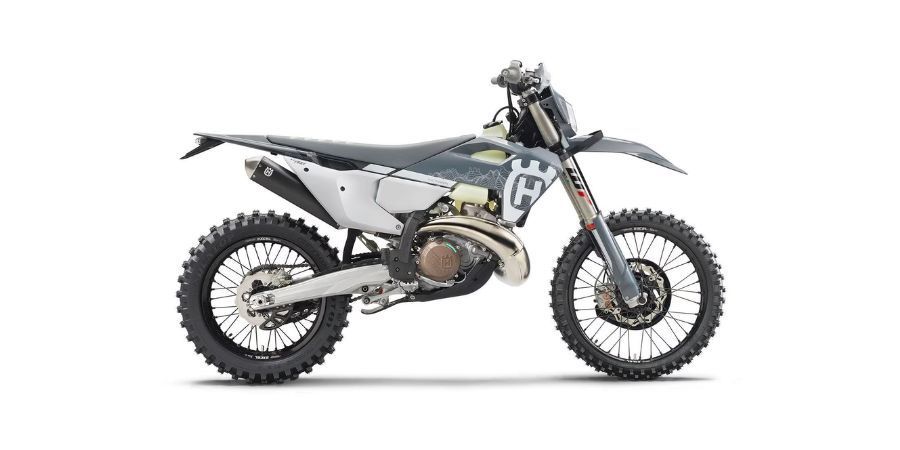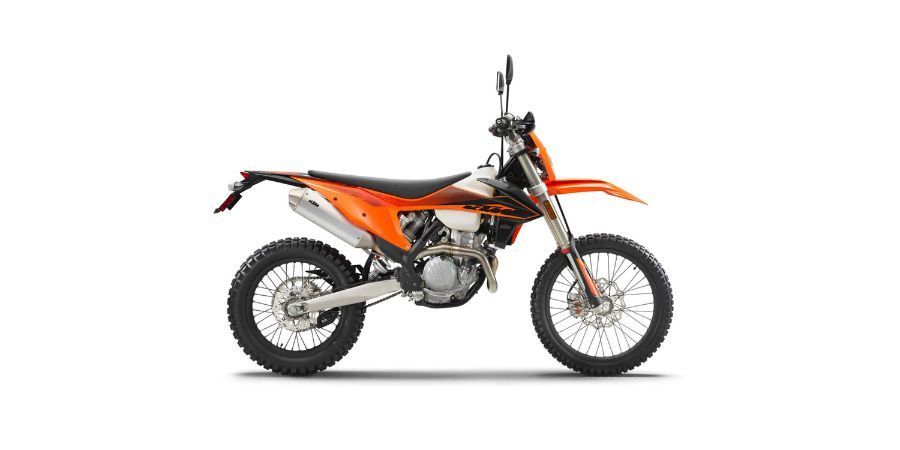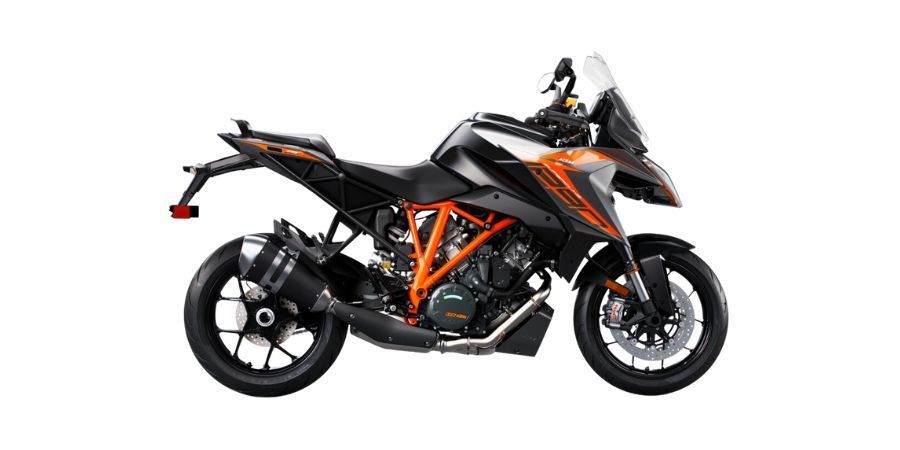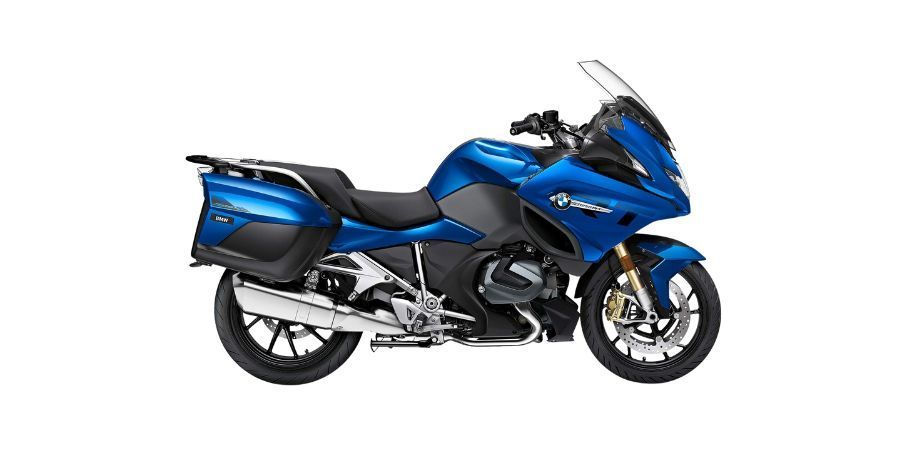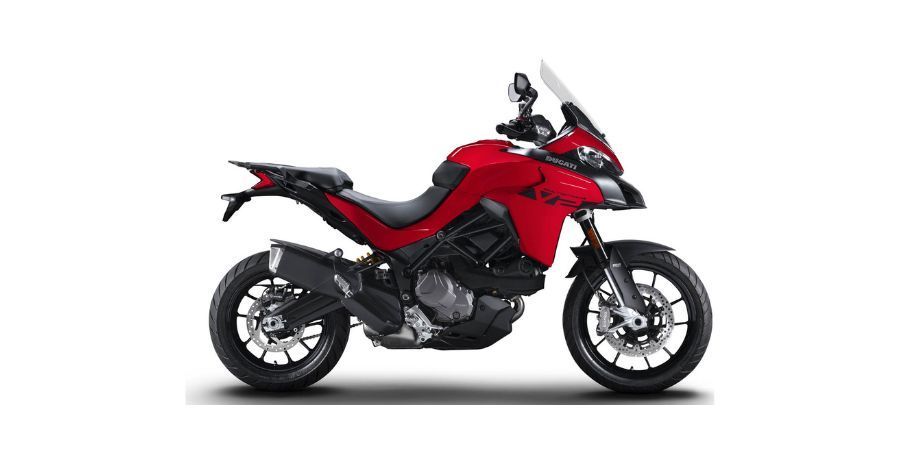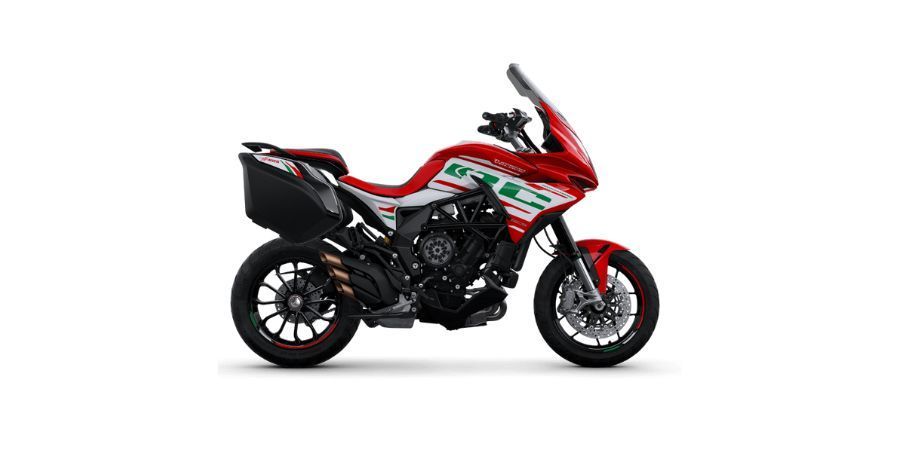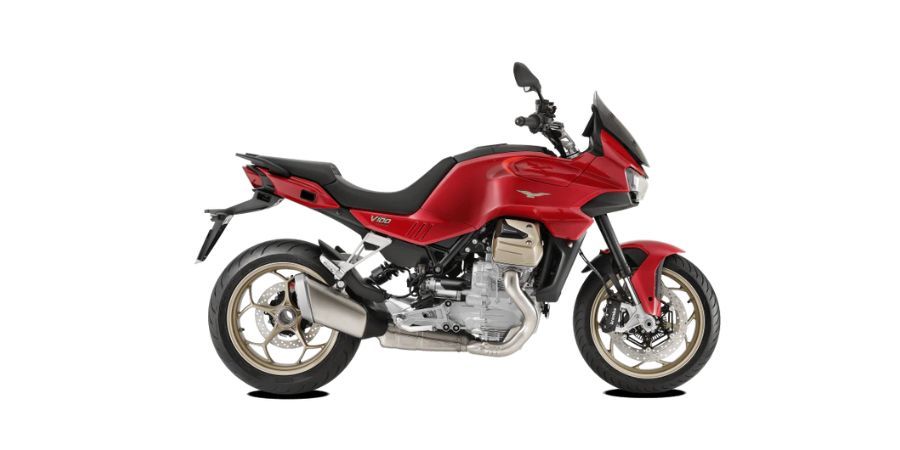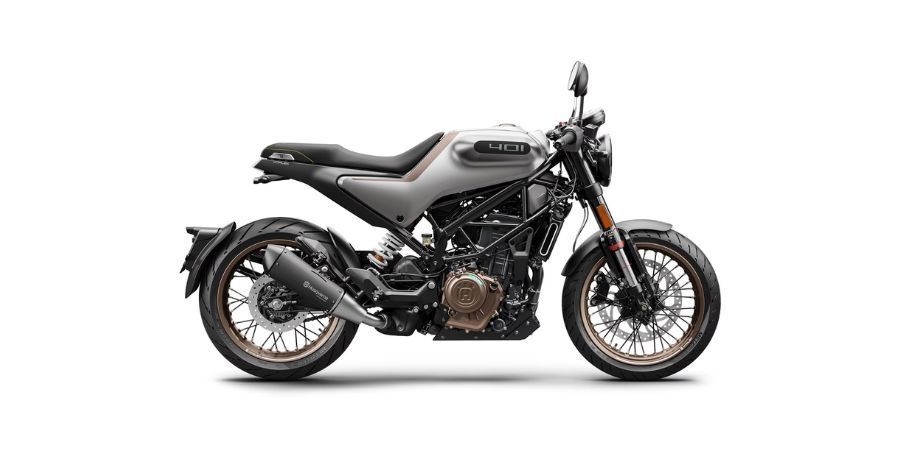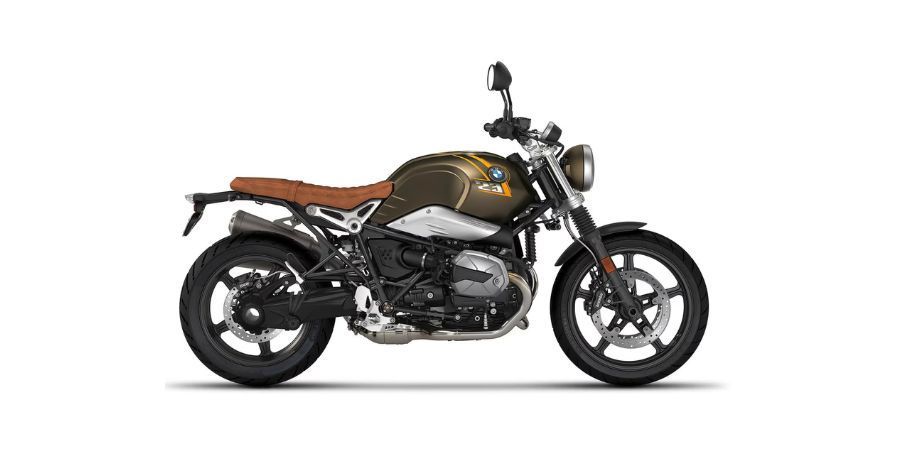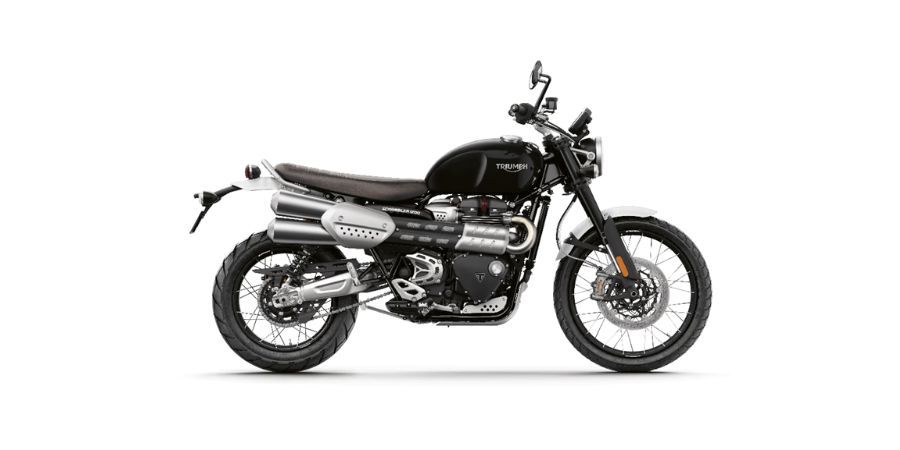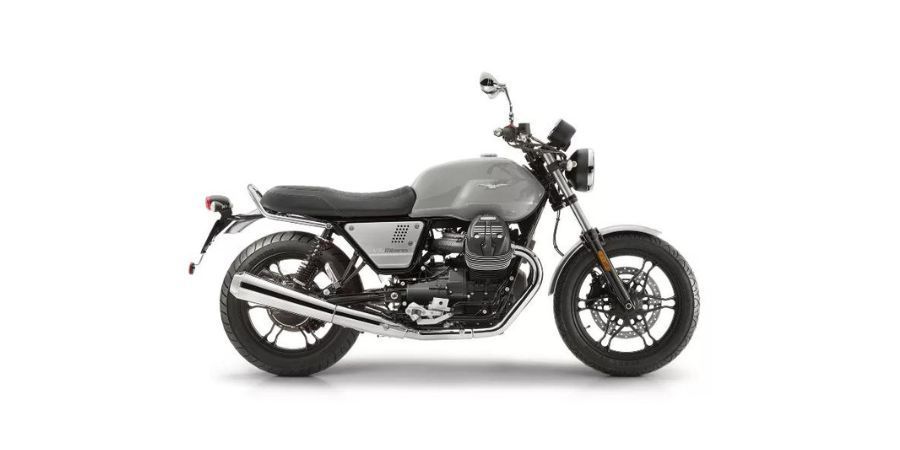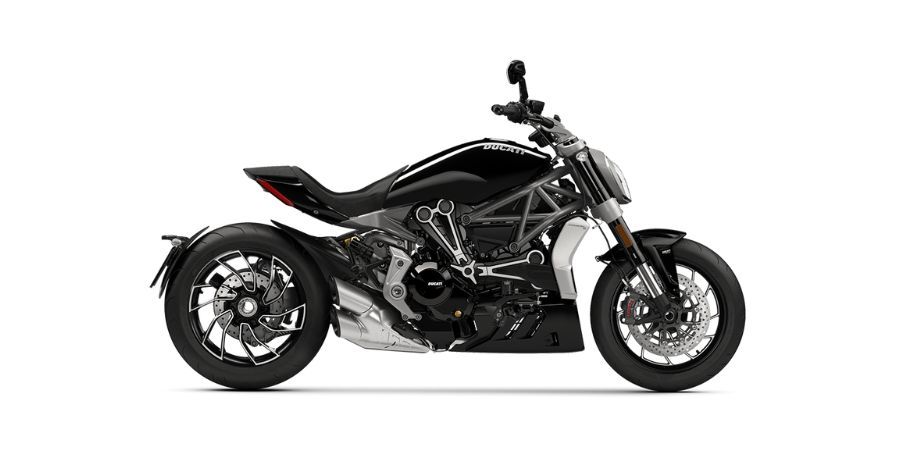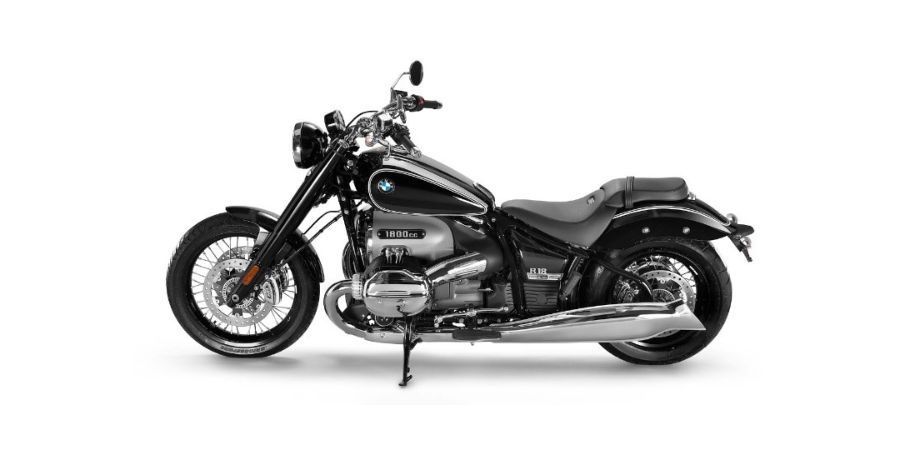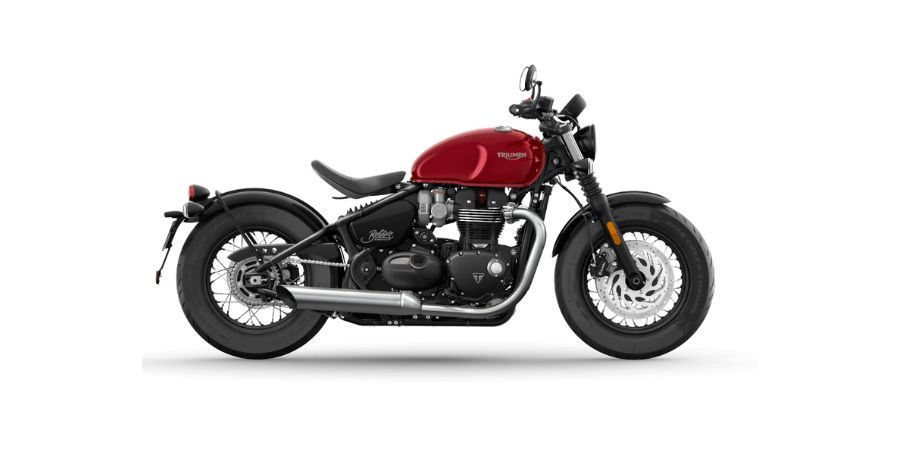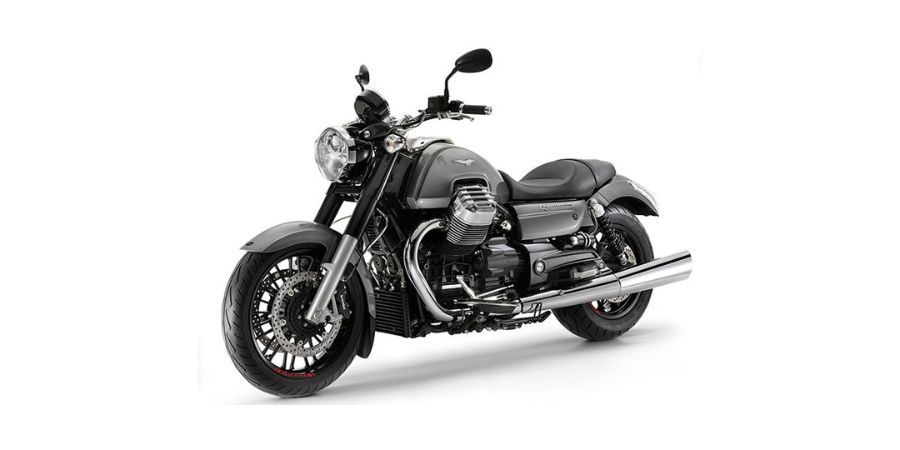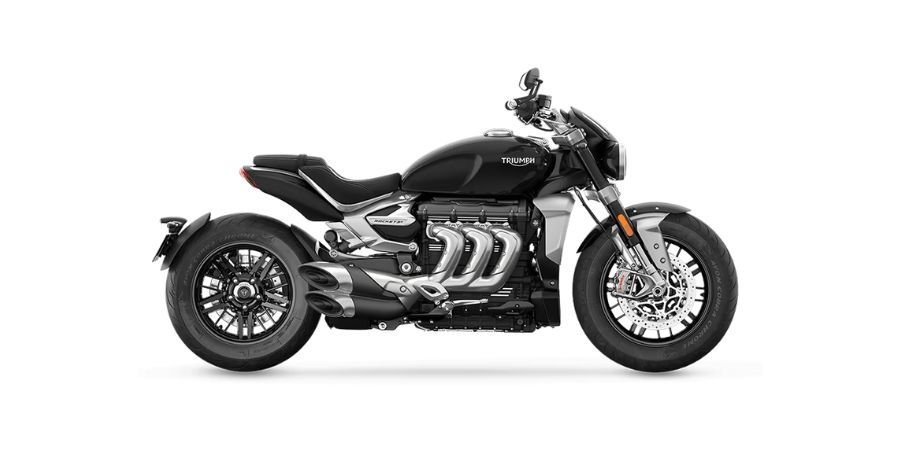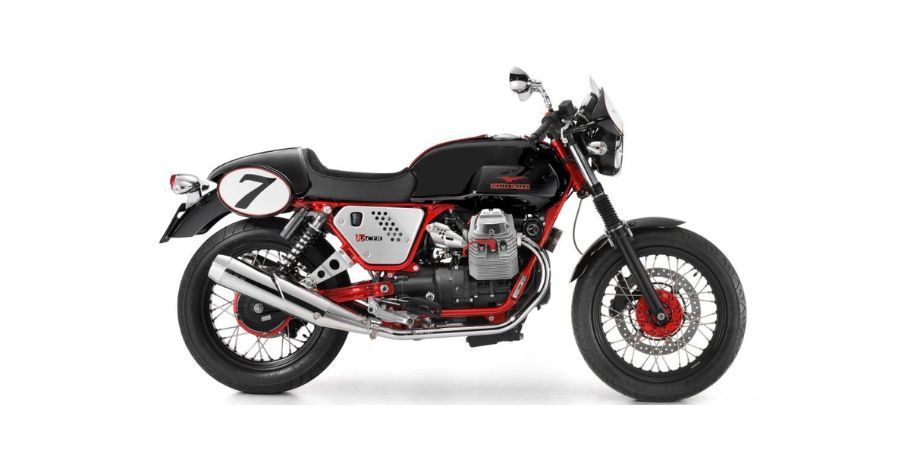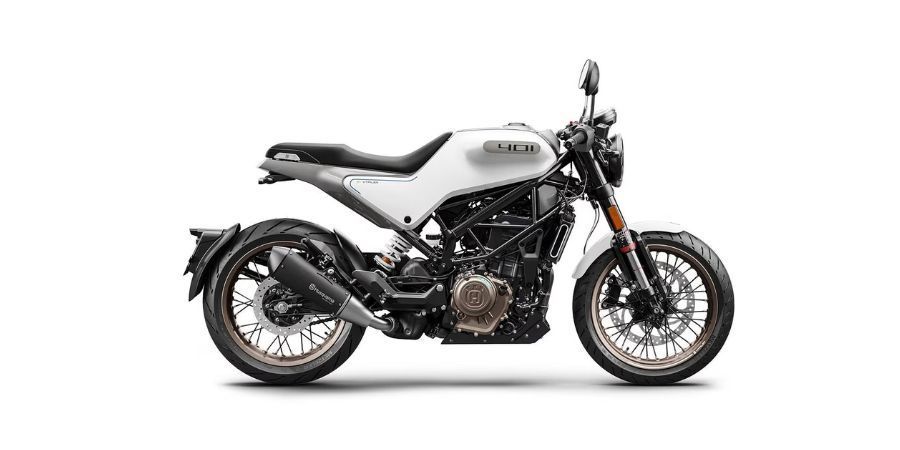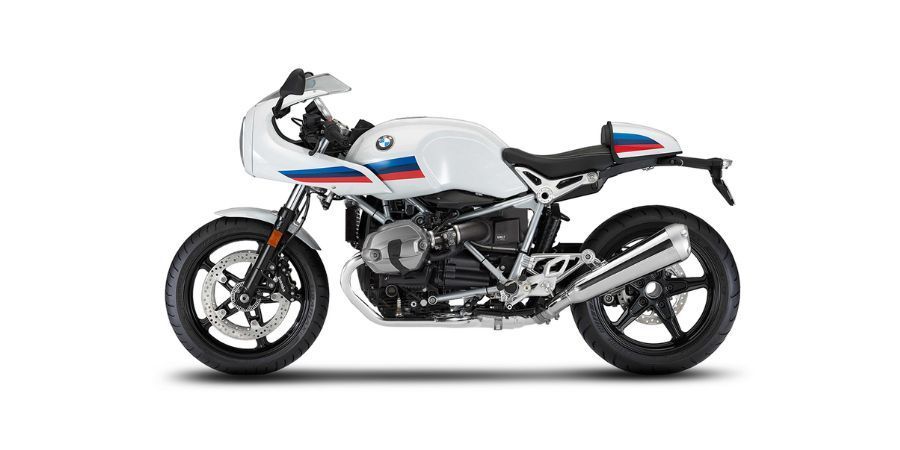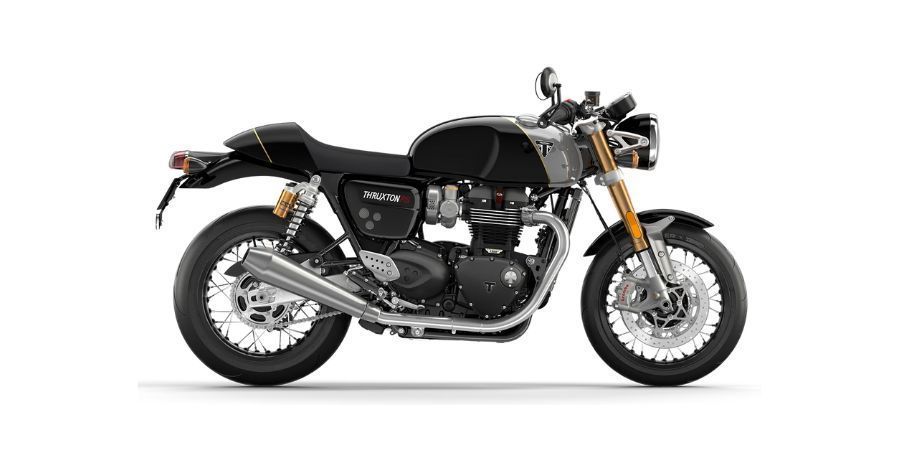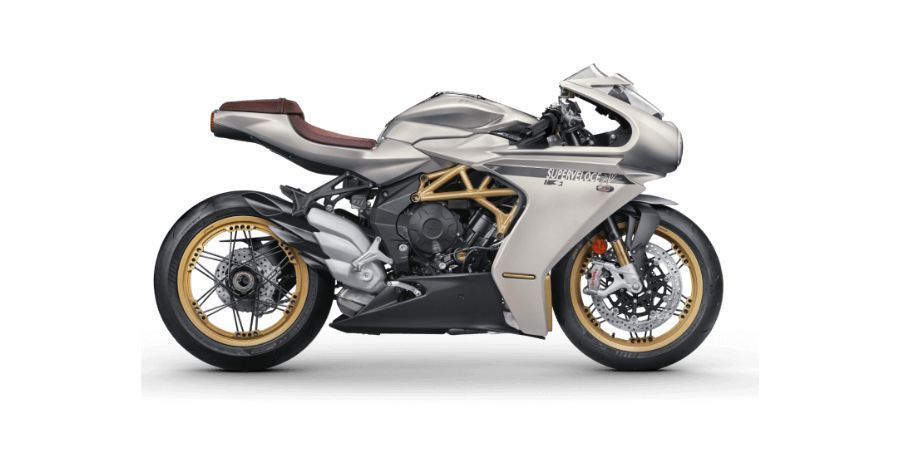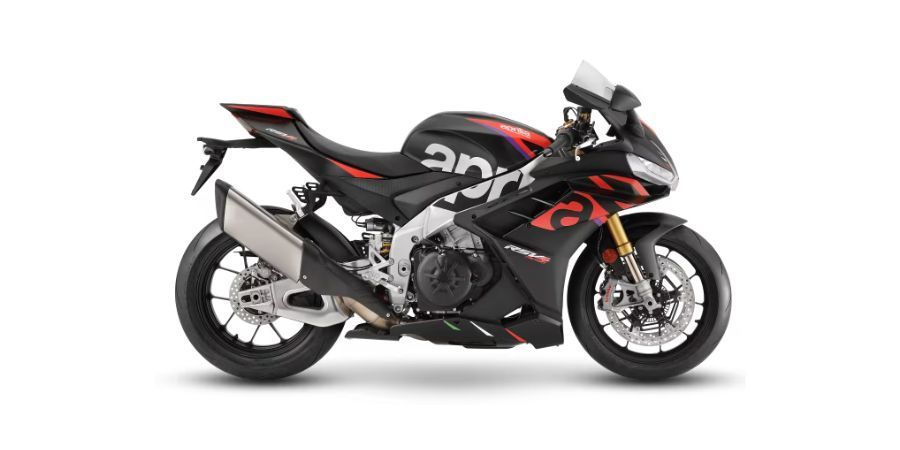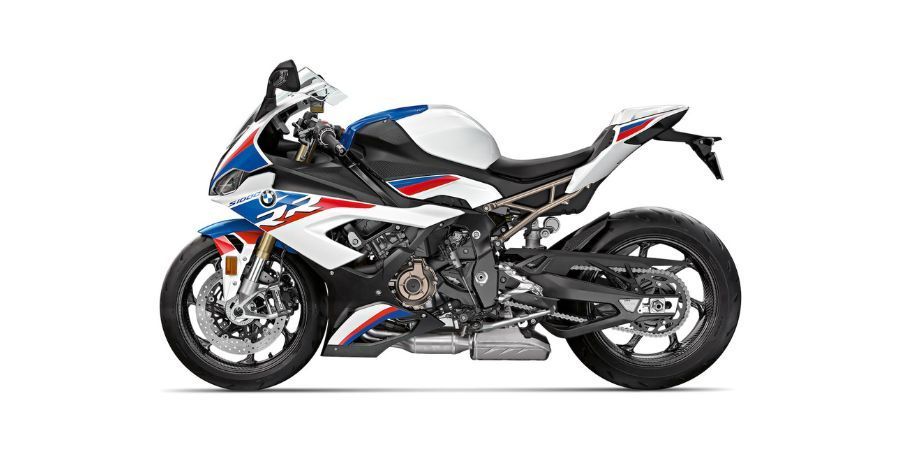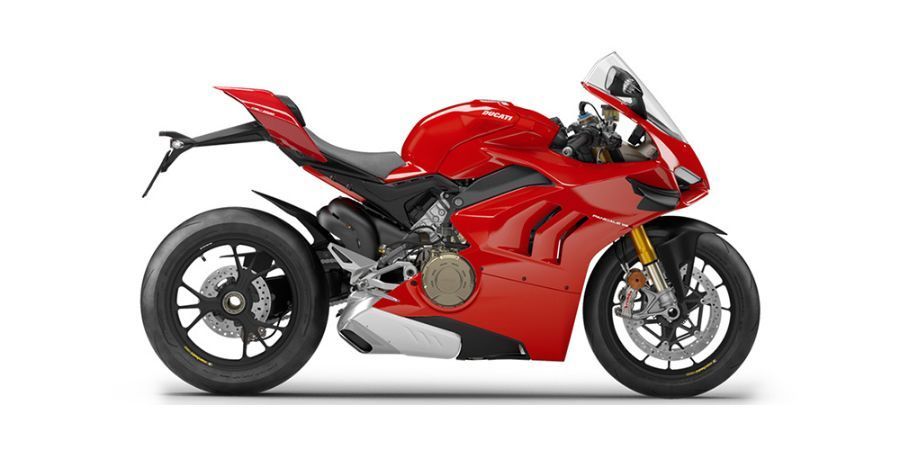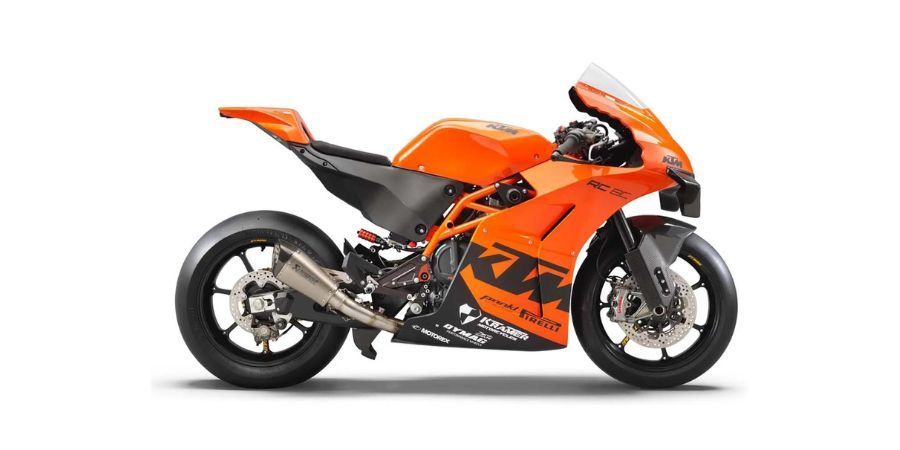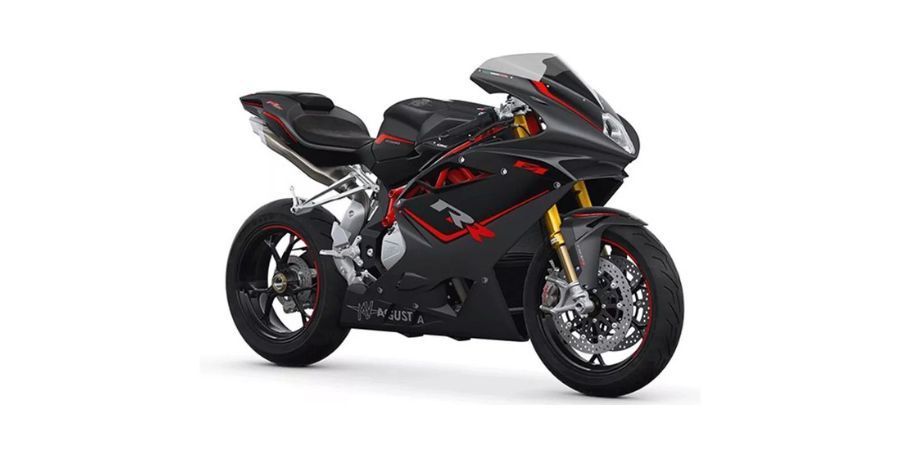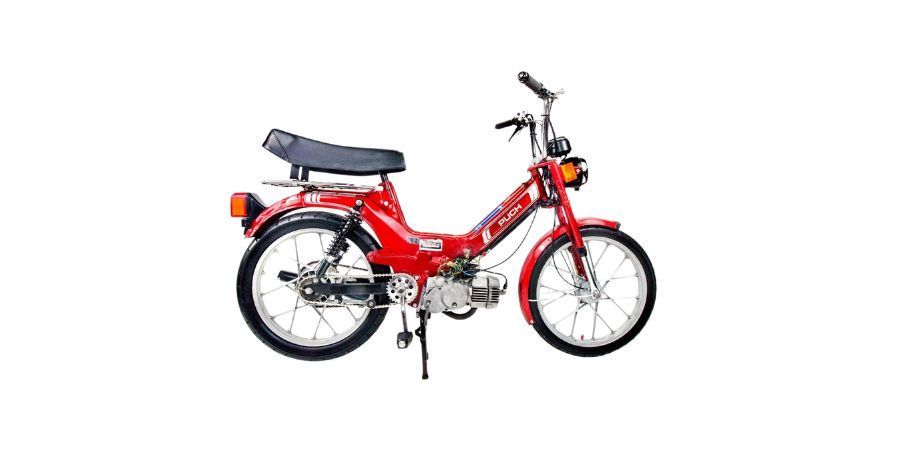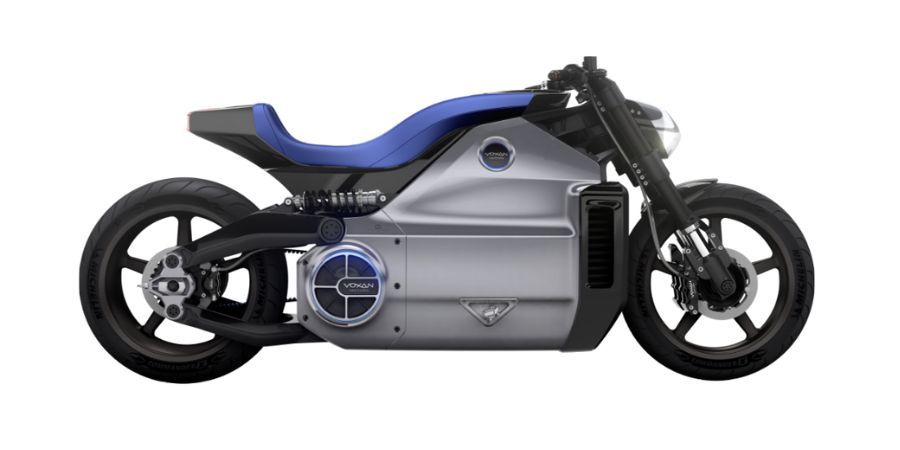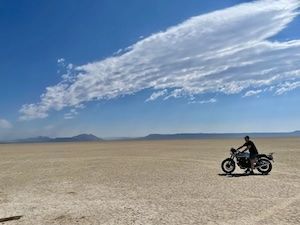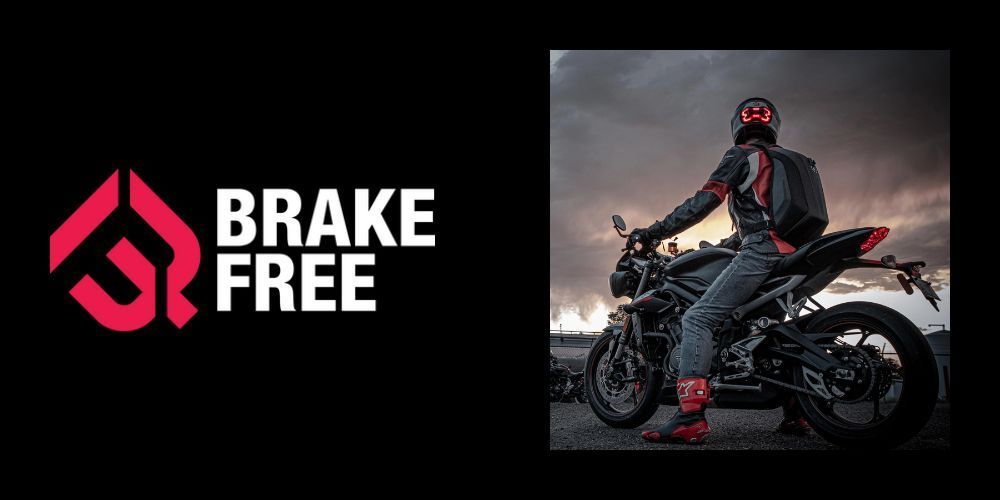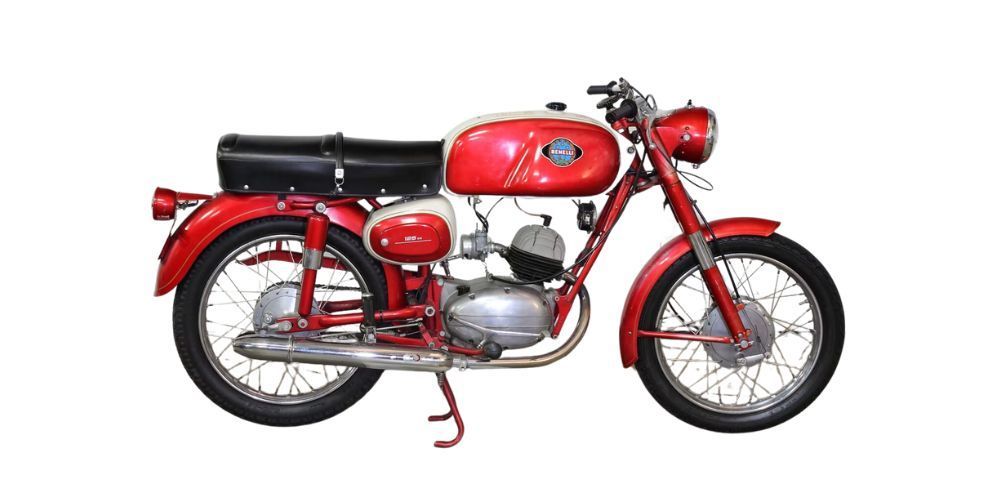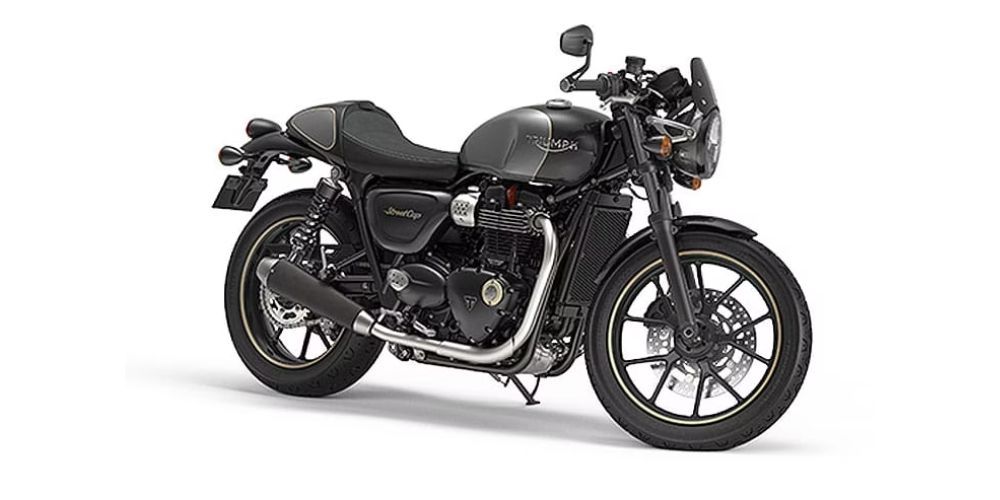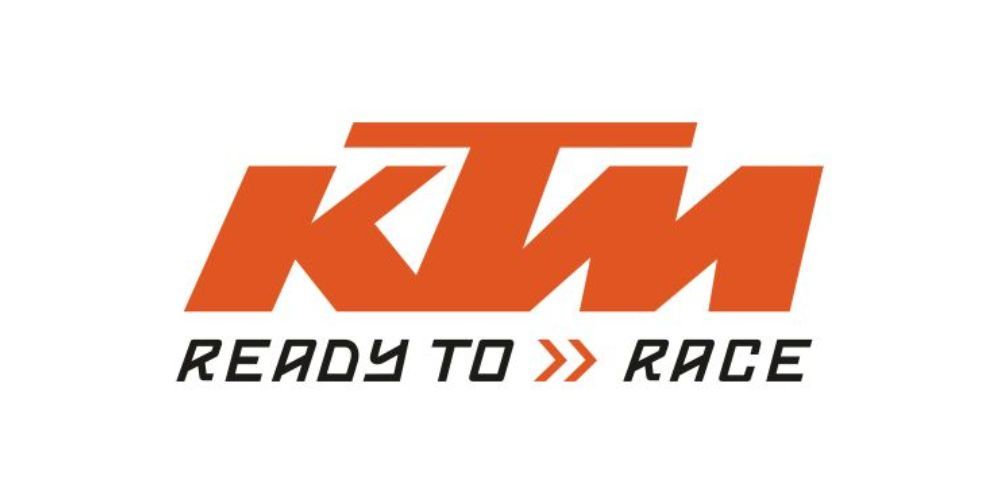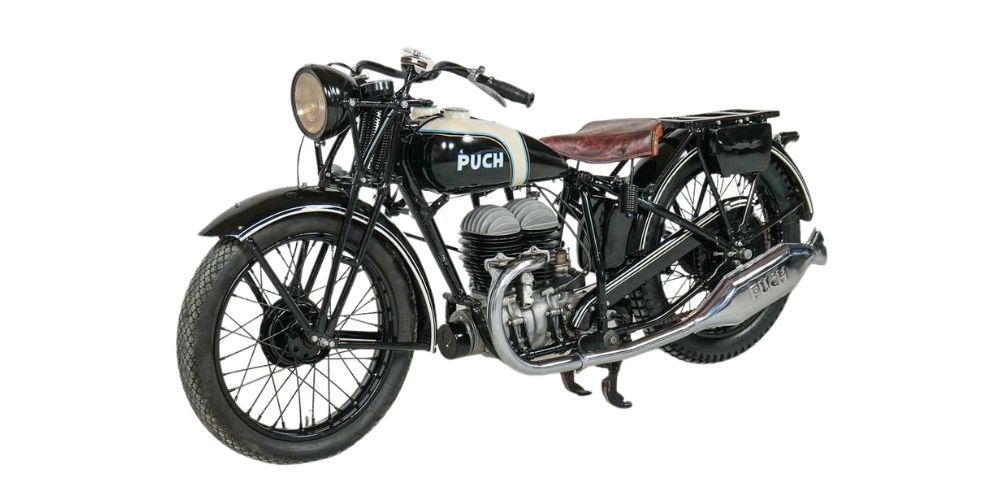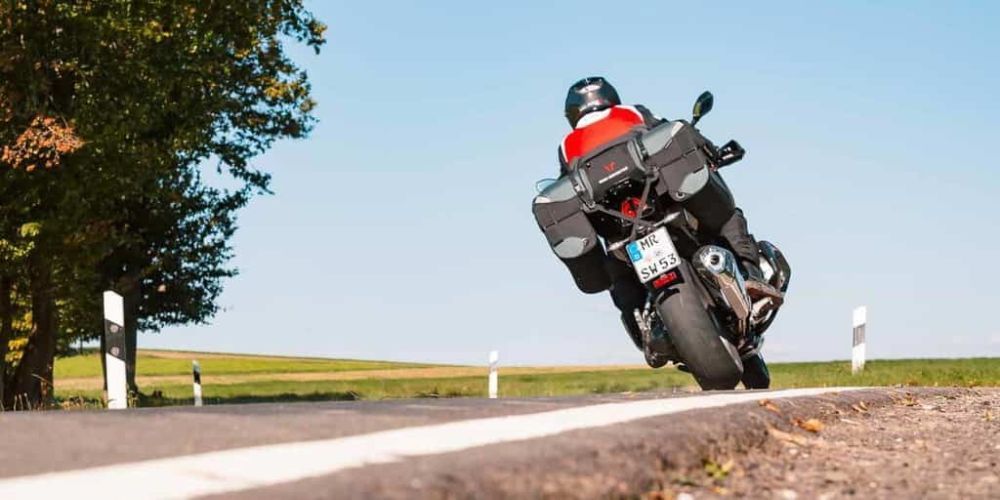Exploring Diversity: 12 Different Types of Motorcycles
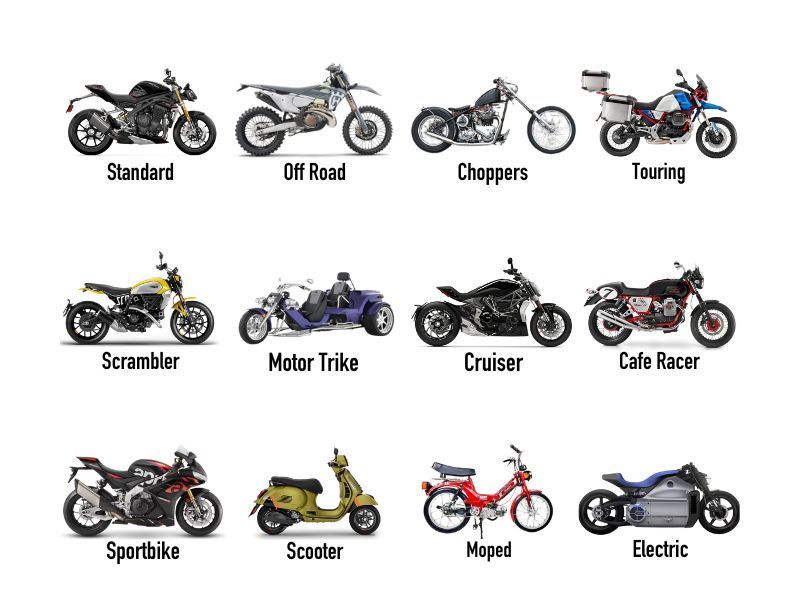
Motorcycles, the symbols of freedom and the open road come in multiple types to suit every rider's style and needs.
From the versatile standard motorcycles to the off-road-ready enduro bikes and the iconic chopper, each type holds a unique place in the motorcycling world.
Here, we delve into the distinguishing factors, history, and fascinating facts about the various types of motorcycles.
Standard
Standard motorcycles, aptly named due to their well-rounded capabilities, offer a neutral riding position.
They provide a comfortable, upright riding position, with foot pegs placed directly below the rider and handlebars positioned for an easy reach.
These bikes, sometimes referred to as "naked" or "roadster" motorcycles, are known for their versatility, providing a balanced mix of speed, power, and comfort.
History
Standard motorcycles originated in Europe in the 20th century, combining elements from racing and neutral-positioned motorcycles. The inspiration for their versatile design came from the need to create motorcycles for the masses that were not specialty-built for racing or cruising but could be satisfactory for a mix of both.
Interesting Facts
- Standard motorcycles are a worldwide staple of the motorcycle culture, loved for their practicality, affordability, timeless aesthetic, and versatility. They have a minimalist design, appealing to riders seeking uncluttered simplicity and easy handling.
- The Aprilia Tuono is often credited with creating the modern "super naked" category of motorcycles. It converted its RSV Mille into the Tuono (effectively a race bike built for street use) by removing fairings and clip-ons and adding handlebars and minimal bodywork.
- In "The Motorcycle Diaries," a young Ernesto 'Che' Guevara and Alberto Granado traverse South America on a
Norton Model 18, experiences that inspire Guevara's future revolutionary path.
Off-road Motorcycles
Off-road motorcycles or dirt bikes are specifically engineered and designed for off-road events and activities. These bikes possess characteristics that make them suitable for unpaved environments, such as rough roads, sand, gravel, a river, mud, or snow.
They typically have a lighter weight, longer suspension travel, and rugged construction with little bodywork to avoid damage from the rough terrains.
Off-road motorcycles comprise various types, including dirt, enduro, motocross, and trial bikes.
Enduro
Enduro motorcycles are tailored for endurance racing, where competitors ride across varied terrains and endure various weather conditions.
These are essentially off-road or dirt bikes modified for racing with the addition of components like headlights and taillights for nocturnal navigation, high-performance suspension to absorb bumps, and larger fuel tanks for longer range.
History
Enduro comes from "endurance", and these motorcycles were born out of the thirst for hardy off-road competitions.
In the early test seasons (the Six Days test races) of what would eventually become the International Six Days Enduro (ISDE), larger 350cc to 1000cc bikes dominated the races. Initially dominated by brands such as Indian, Scott, Triumph, and notable Italian manufacturers, the Enduro soon opened up to smaller engines, attracting competitors worldwide.
The discipline's popularity soared in the 1950s, with continuous technological innovations and adaptations keeping the Enduro relevant and desirable, from motocross modifications to single-cylinder models derived from Dakar motorbikes.
Interesting Facts
- Nearly all makers provide enduro motorcycles, yet top-enduro bikes usually carry KTM, Yamaha, Honda, Suzuki, and Husqvarna labels. Emerging contenders in the market include GasGas and Beta.
- Enduro can be viewed as the two-wheeled equivalent of car rallying. Both forms of motorsport embody similar principles focusing on endurance, navigation, and speed tests through various terrains.
- KTM, an Austrian powerhouse in the Enduro World Championships, has dominated the sport, securing the Super Enduro, E1, E2, and E3 world titles a staggering 114 times since 1990.
Motorcross
Motocross motorcycles are specifically designed for high-performance, off-road racing on enclosed dirt tracks with jumps and obstacles.
They feature lightweight frames, advanced suspension systems, and high-ground clearance.
History
Motocross racing originated in the early 1900s in the United Kingdom when Auto-Cycle Clubs held time trials that later evolved into off-road events called "scrambles". The first official scramble took place in 1924 in Surrey, UK.
From its humble beginnings, motocross evolved with increasing innovation, manufacturer involvement, and international recognition over the decades.
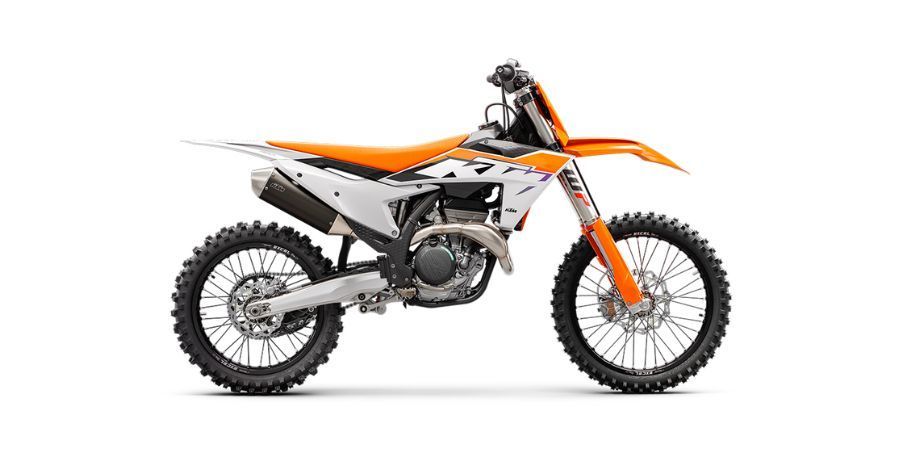
Slide title
Write your caption hereButton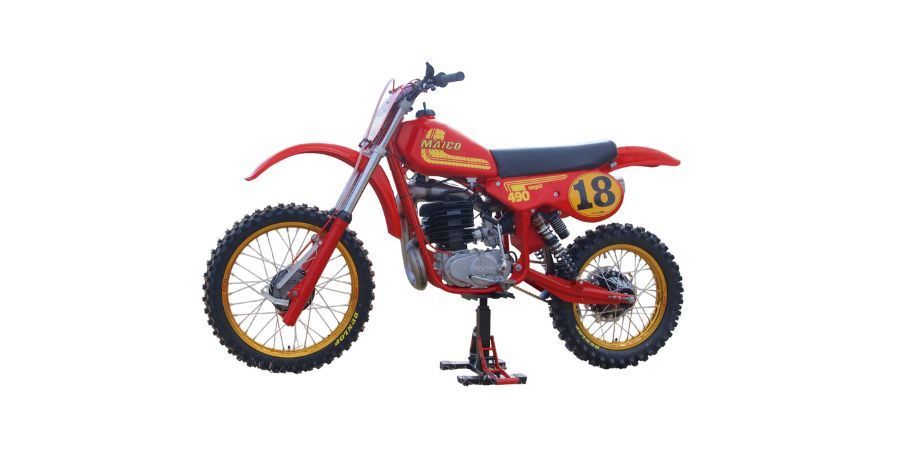
Slide title
Write your caption hereButton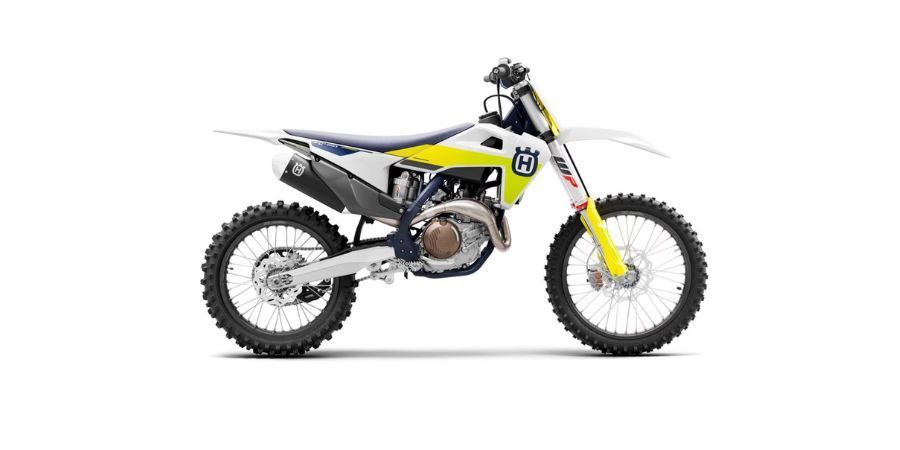
Slide title
Write your caption hereButton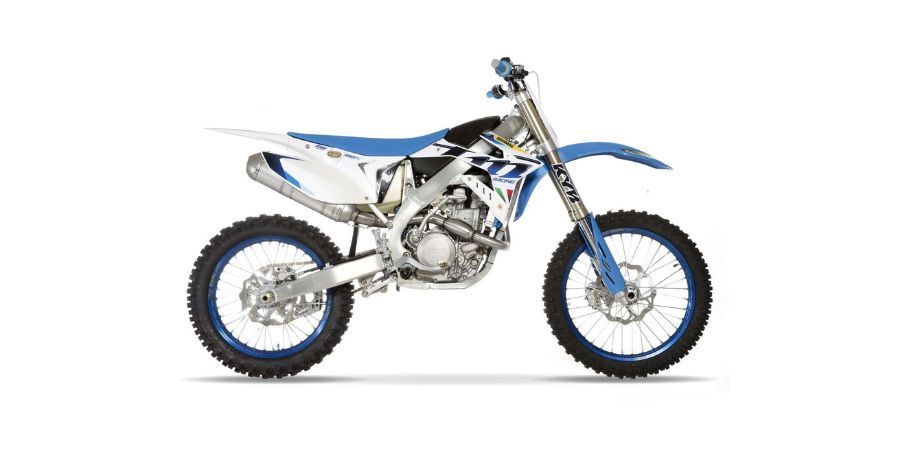
Slide title
Write your caption hereButton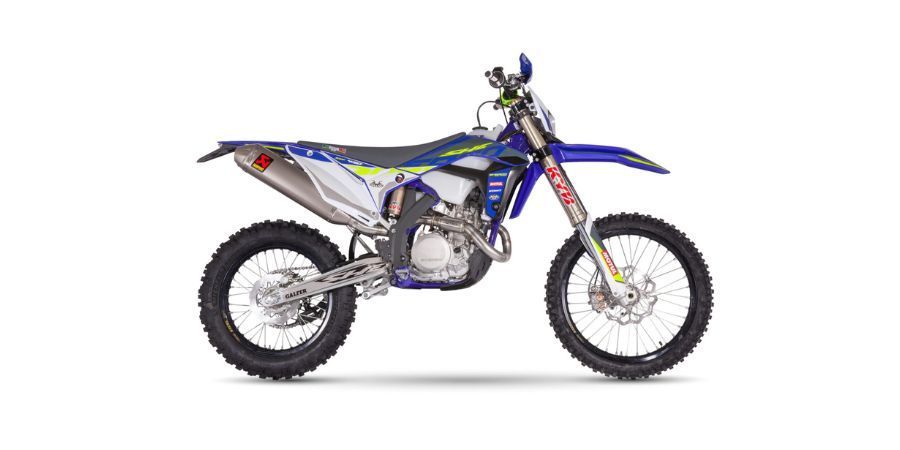
Slide title
Write your caption hereButton
History
Motocross racing originated in the early 1900s in the United Kingdom when Auto-Cycle Clubs held time trials that later evolved into off-road events called "scrambles". The first official scramble took place in 1924 in Surrey, UK.
From its humble beginnings, motocross evolved with increasing innovation, manufacturer involvement, and international recognition over the decades.
Interesting Facts
- Early motocross bikes were near-identical to road motorcycles, but innovations helped establish motocross-specific designs.
- A crucial development in motocross bikes was the introduction of the swinging arm suspension, which greatly improved performance.
- Motocross motorcycles saw a significant increase in engine capacity from the 1950s to the 1960s, jumping from 50cc to 250cc engines, resulting in lighter, faster, and more agile bikes.
- The 1970s marked a surge in motocross popularity, mainly due to growing enthusiasm in the United States, sparking thrilling international competitions. Los Angeles Coliseum hosted the first stadium motocross race. Although the 125cc World Championship debuted in 1975, it took until the 1980s for the U.S. to start claiming victories in global contests.
- In the 1980s, motocross bikes experienced further advancements with water-cooled engines and rear mono-shock suspension systems, improving performance and environmental considerations.
Trials Motorcycles
Trials motorcycles are specially designed for trial competitions, testing a rider's balance and skill rather than speed.
Distinguished by their small, lightweight frames, no seat, and low horsepower, these bikes are built to manage steep terrains and perform gymnastics-like maneuvers.
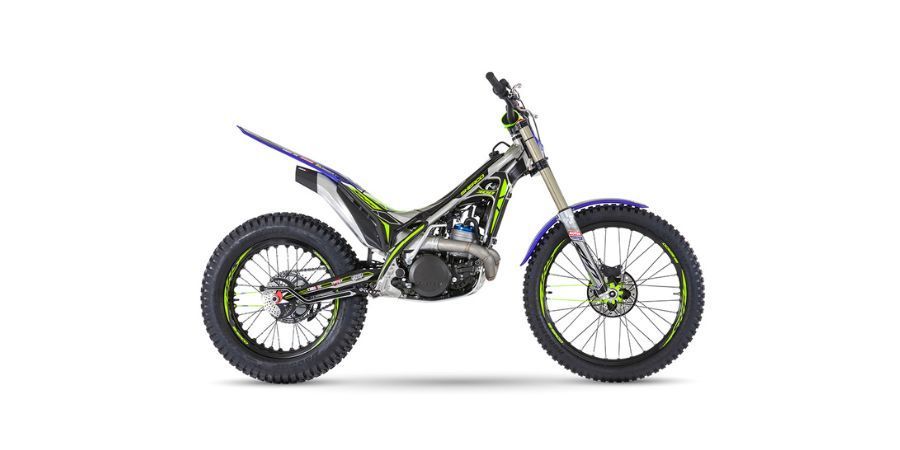
Slide title
Write your caption hereButton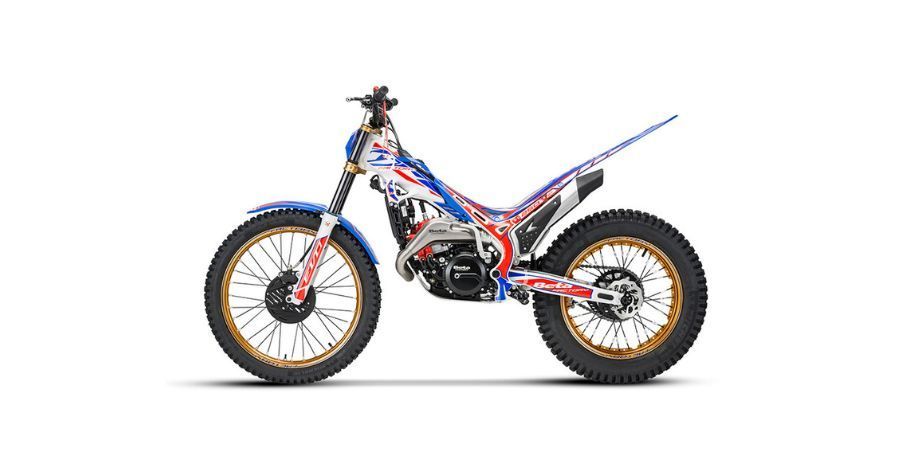
Slide title
Write your caption hereButton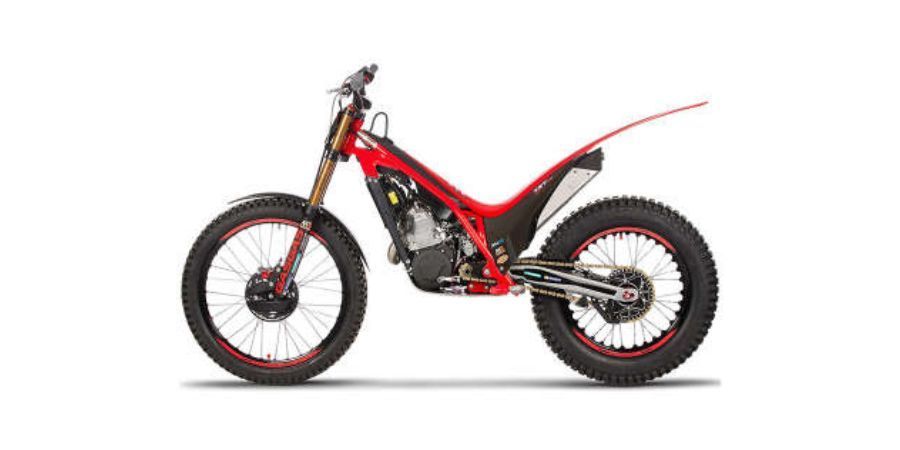
Slide title
Write your caption hereButton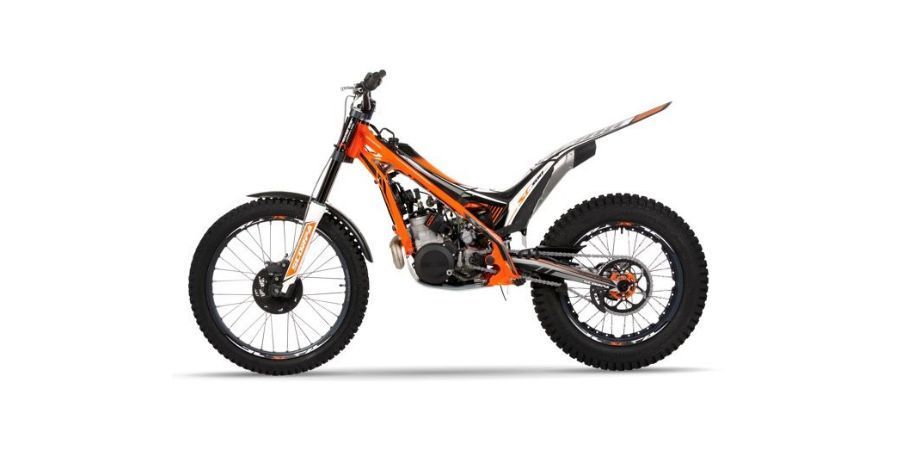
Slide title
Write your caption hereButton
History
Originating in Scotland in 1910, the trials discipline was predominantly UK-based, with riders using early motorcycle models.
Significant strides were made in the 1960s with bikes like Sammy Miller’s Ariel HT5, revolutionizing lightweight design and enhanced steering.
Manufacturers like Bultaco, Montesas, Ossas, and later Japanese companies further developed trial motorcycles.
Interesting Facts
- Trials motorcycles have come a long way since their origin. Before 1910, riders used regular machines (primarily four-stroke singles) in trial events. These bikes were initially designed to navigate hill climbs with low-end power and large flywheels for better traction.
- Sammy Miller's success with the lightweight Ariel HT5 gained the attention of competitors in the 1960s. Bultaco, a Spanish company, hired him, and the modern two-stroke trials bike was born from Miller's work on their bikes.
- Over the years, several manufacturers across Spain, Japan, and Italy have influenced the trial bikes market. Prominent companies like Gas Gas, Beta, and Honda are now leading the industry.
Choppers
Choppers are defined by their unique design features, such as elongated front forks and a stretched or 'chopped' frame resulting in a dramatically reclined, laid-back riding position.
This design, combined with the minimalist approach to bodywork (removing "unnecessary" parts to lighten and simplify the bike), invokes an air of rebellion and individualism.
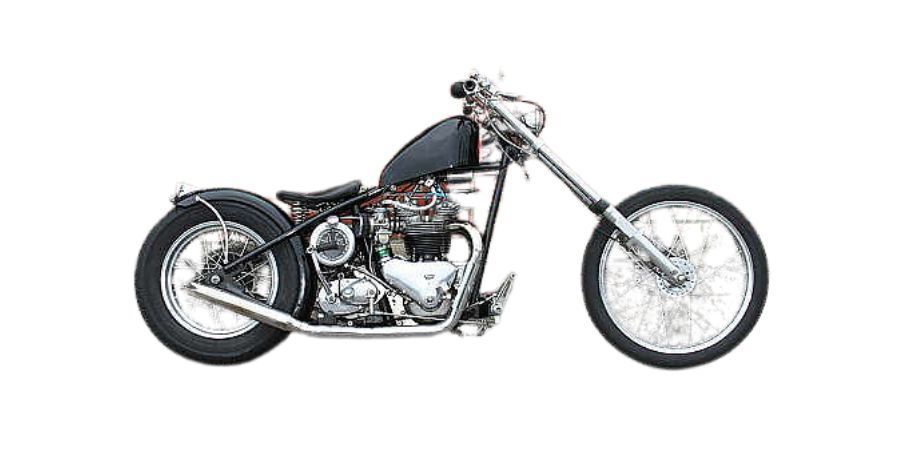
Slide title
Write your caption hereButton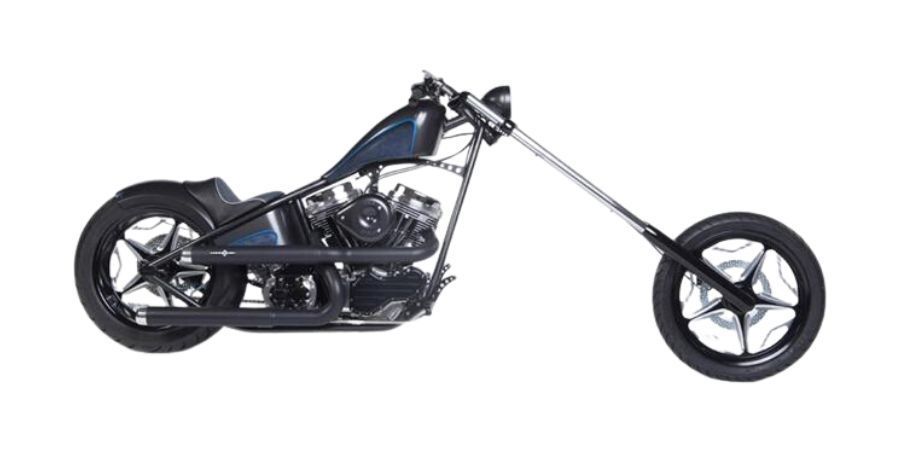
Slide title
Write your caption hereButton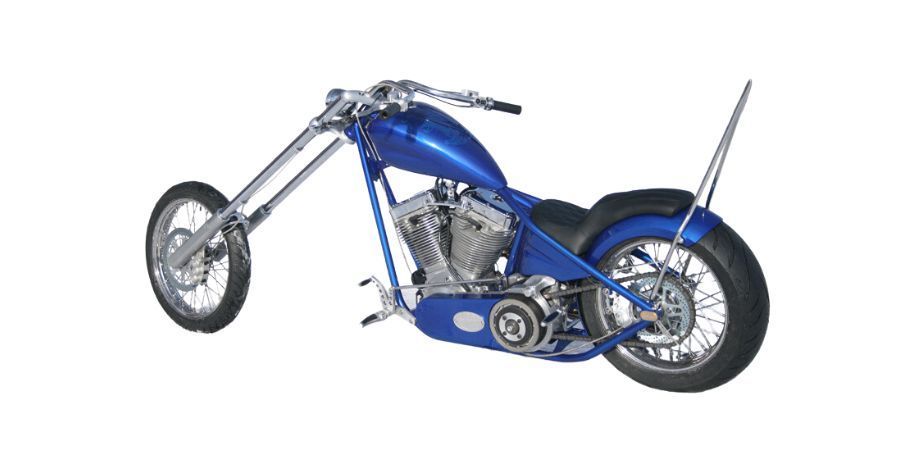
Slide title
Write your caption hereButton
History
Chopper motorcycles evolved from bobbers, distinguished by their focus on aesthetics and elongated frames that were often chopped.
They emerged in the late 1950s when bikers in Southern California started customizing Harley motorcycles bought from military or police auctions.
World War II veterans, with their knowledge of mechanics, welding and engineering, contributed significantly to the chopper's evolution, further refining and transforming the bikes over the years.
Interesting Facts
- Choppers were born out of a need for better speed and performance on makeshift racetracks made from dried-up lake beds, which required different handling and suspension specifications compared to normal pavement.
- Choppers gained fame through the movie “Easy Rider” in 1969, starring Peter Fonda and Dennis Hopper. The two friends journey to New Orleans on two iconic Harley-Davidson choppers, "Captain America" and "Billy Bike", their journey symbolizing the search for America and freedom.
- The popular British manufacturer Triumph played a crucial role in the chopper history by shipping their inline twin-engine bikes to the U.S. to clear war debts. This allowed American chopper enthusiasts to modify and maintain their custom Triumph-made motorcycles easily.
Touring
Touring motorcycles are designed for long-distance travel and provide a comfortable ride. Equipped with large displacement fairings and windshields, they offer substantial weather and wind protection.
They feature significant fuel tank capacity for extended distances between refuels and possess engines with impressive low-end horsepower for smooth highway cruising. The seating position is more relaxed and upright compared to sports bikes, enhancing rider comfort on long journeys.
Names such as bagger, full bagger, full dresser, full dress tourer, or dresser often describe touring motorcycles in the U.S., signifying bikes equipped with sets of saddlebags or panniers.
Fully Equipped Tourers
Distinguished by sizable fairings and comprehensive bodywork, these motorcycles often come with hard luggage options such as side cases and a top case built into the vehicle's design.
Typical features for fully equipped tourers include tailor-made windshields, airbag systems, audio systems, satellite radio, heated seats, GPS devices, and built-in air compressors.
Adventure & Dual Sport
Adventure and dual sport motorcycles are designed for both off-road and on-road use. Adventure bikes are larger, emphasizing long-range comfort and street-riding performance. Dual sport bikes are lightweight, enduro-style motorcycles prioritizing off-road agility and durability while being street-legal.
-
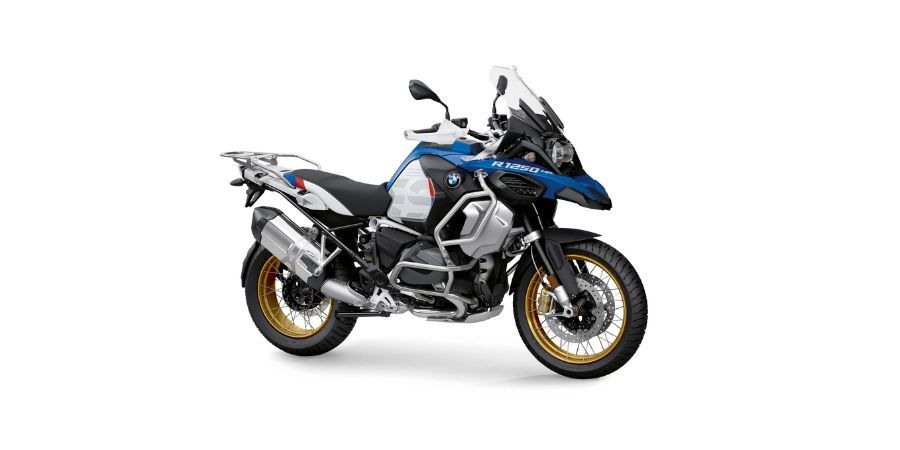
Slide title
Write your caption hereButton -
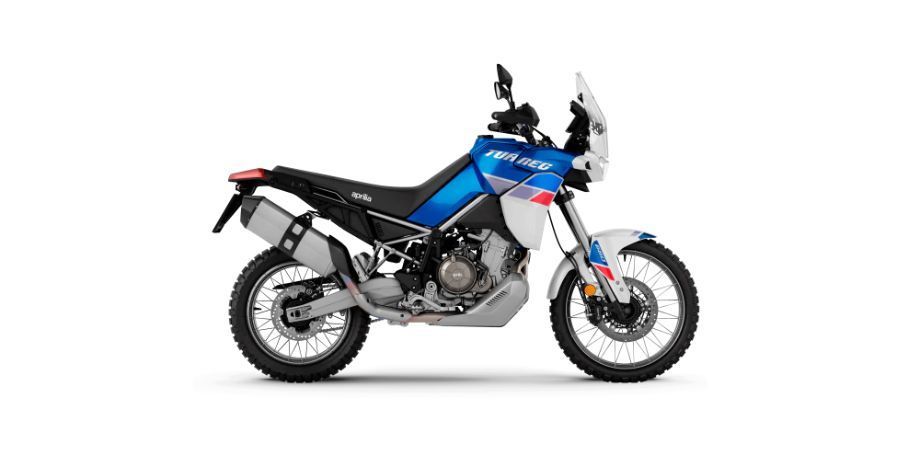
Slide title
Write your caption hereButton -
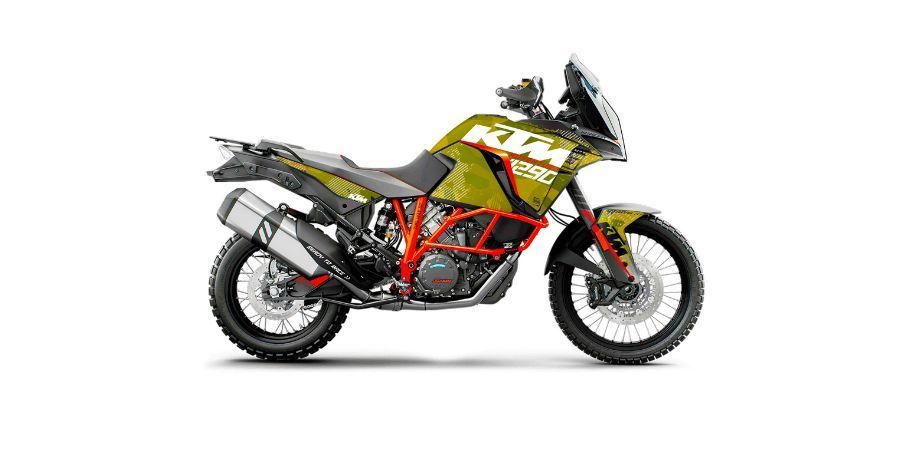
Slide title
Write your caption hereButton -
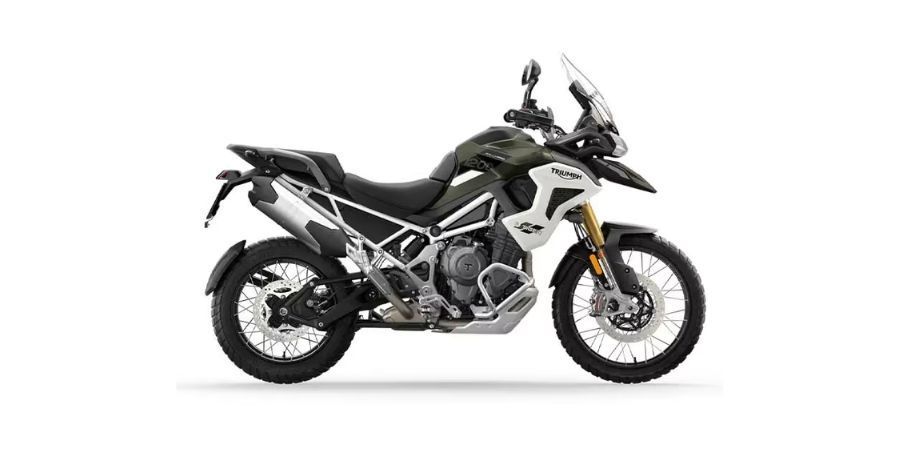
Slide title
Write your caption hereButton -
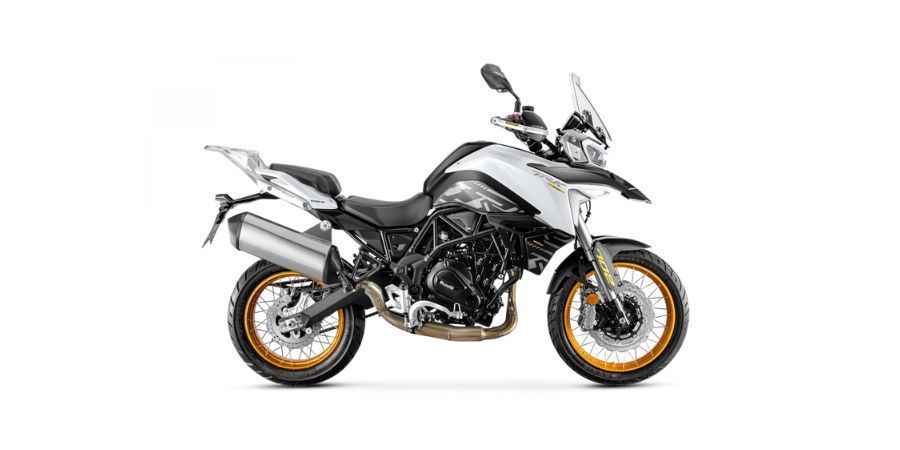
Slide title
Write your caption hereButton -
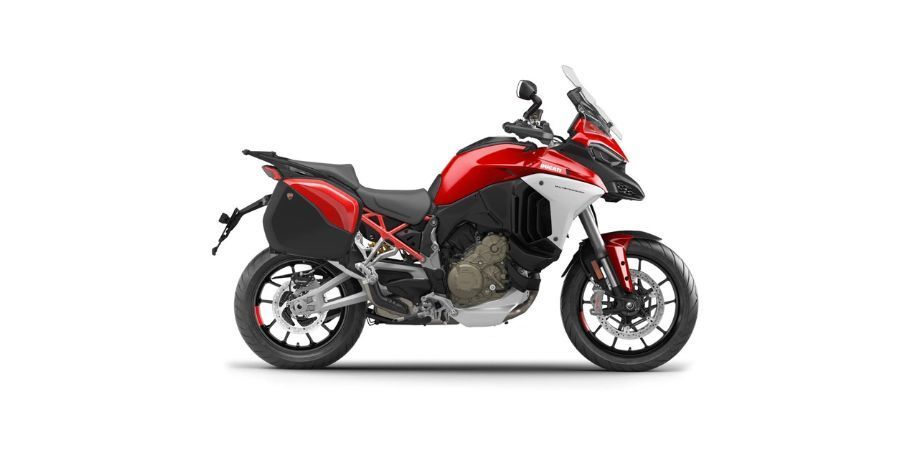
Slide title
Write your caption hereButton -
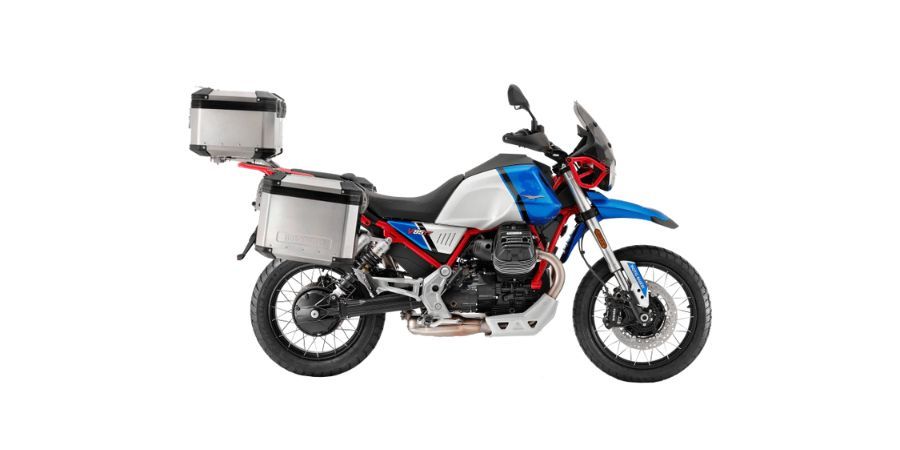
Slide title
Write your caption hereButton
History
Adventure motorcycling roots trace to the early 1900s when motorcycles tackled few paved roads.
Dual sport motorcycles evolved from enduro bikes and became popular through conversions to street-legal machines. The trend led manufacturers to produce lighter-weight street-legal enduro-style dual sports, optimizing off-road performance.
BMW pioneered the adventure bike category in 1981 with the R80G/S, blending highway comfort and off-road capabilities.
Today, multiple manufacturers offer various adventure and dual sport models, characterized by a balance of on-road and off-road performance.
Interesting Facts
- BMW R1250GS is one of the best-selling adventure bikes in the world. It combines a powerful 1,254 cc engine, ergonomic design, and advanced features to offer an optimized, versatile riding experience for all terrains.
- In the popular series "Long Way Round," Ewan McGregor and Charley Boorman rode BMW R 1150 GS Adventure motorcycles, equipped with a 1,130cc boxer engine and a shaft drive for their epic journey from London to New York City. It took three months covering an impressive distance of 22,345 miles.
- Italian marque Ducati introduced radar technology for the first time on their new Multistrada V4. It features front and rear radar systems for Adaptive Cruise Control and Blind Spot Detection. These systems autonomously moderate speed and enhance safety by alerting of blind spot vehicles.
- Beta, an Italian firm, produces four dual sport motorcycles, with the 350 RR-S having the least displacement. As a unique feat, it's among four makers of 350 four-stroke road-ready dirt bikes and the only manufacturer not based in Austria.
Sport Touring
Sport-touring motorcycles feature the best of two styles—sports and touring—offering high performance while being comfortable for long-distance journeys.
They provide a spirited ride, have roomy seating for two, sufficient luggage capacity for extended trips, and substantial wind/weather protection.
History
Sport-touring motorcycles found their roots in motorcycling diversification when manufacturers started adding sporty fairings and bags to standard bikes — creating specialized touring motorcycles.
Initially criticized as heavy comfort-oriented machines, they began to embody the sporty, agile features, with bikes like the 1979 BMW R100RT setting a benchmark.
Interesting Facts
- The first sport-touring motorcycle acknowledged by many was the BMW R100RS, and while it didn't come with factory hard bags, they could be added aftermarket.
- Japanese manufacturers influenced the evolution of sport-touring motorcycles, with Honda's 1981 CBX1100 pegged as the first Japanese sport-tourer.
- In the early days, motorcycles were unspecialized, so those who wanted touring bikes added aftermarket fairings and saddlebags — which the U.S. company, Vetter, capitalized on by offering popular accessory solutions.
Scrambler
Scramblers are a subclass of motorcycles that blend elements of roadsters and off-road bikes.
Sporting a retro aesthetic, they are characterized by high-mounted exhaust pipes, long-travel suspension, and knobby tires.
History
Scramblers have a rich history that began in England in the late 1920s out of motorcycle trial competitions; an off-road event focused on a rider's skill in handling challenging terrain.
It started with riders looking for bikes that could handle both paved roads and off-road conditions. They modified standard motorcycles by removing unnecessary parts and increasing the vehicle's ground clearance, all to increase speed and handling.
Interesting Facts
- In the chaotic, rule-free early days of motorcycle racing, riders modified bikes and strategies on a whim. This wild, free-for-all spirit led to the term "scrambler," from a commentator's “a rare old scramble” — British understated slang for a frenetic, muddy race.
- The Triumph Scrambler 1200XE took the spotlight in the Bond film, 'No Time To Die', where Bond escapes Spectre in an unforgettable sequence. This stands out as one of the most notable motorcycle-based scenes in Bond's cinematic history.
- The advent of World War II led to technological advancements with new tyre technology, engine developments, and suspension innovations. These improvements significantly boosted the performance and handling of Scrambler motorcycles.
Motor Trike
Three-wheeled motorcycles, or trikes, are unique types of motorcycles that add an extra wheel for stability.
They are essentially a union of a motorcycle and a car, characterized by a motorcycle front (single wheel and handlebars) and a rear similar to a small car (double wheels, seats, and often luggage compartments).
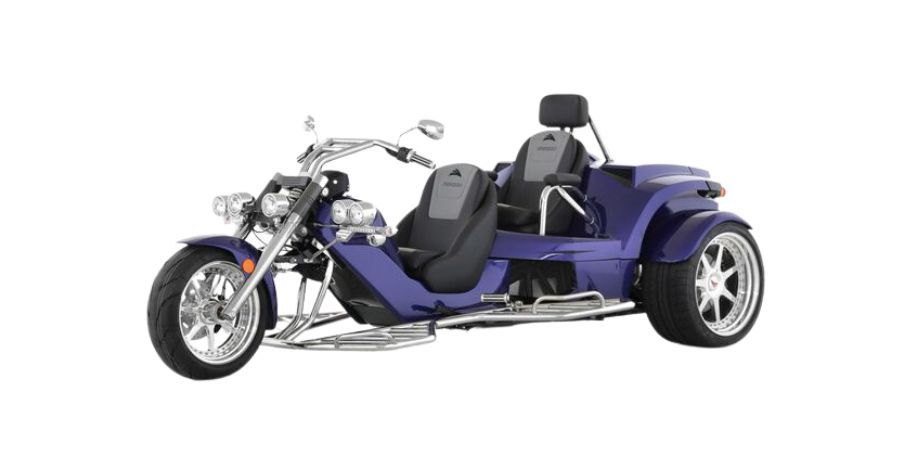
History
The motorized tricycle first saw widespread use at the end of the 19th century. Previously, engines were neither compact nor lightweight, limiting their use.
When clutches and electric ignition technologies improved, tricycles provided a more effective platform for engines than bicycles did, causing a boom in the popularity of motorized tricycles.
Interesting Facts
- Motorized tricycles have two different wheel arrangements: Delta (one wheel in front, two at the back) and Tadpole (two wheels in front, one at the back).
- The Piaggio MP3, a revolutionary 'tilting' three-wheeler, can lean like a real motorcycle, offering more grip and stability. S
- Can-Am's Spyder, produced by the Canadian company BRP, follows a unique "Y" layout, contrary to the traditional trike format.
- Motorized tricycles are a popular choice for individuals with mobility or balance difficulties due to their stability and comfort.
- In many Asian and Southeast Asian countries, motorized tricycles are widely used as small freight trucks or commercial vehicles, providing cost-effective transportation in congested urban areas.
Cruisers
Cruisers are characterized by their laid-back riding position—low seat height, high handlebars, and forward-mounted foot pegs.
Cruisers prioritize style, comfort, and low-end torque over outright performance, making them well-suited for leisurely, relaxed rides over short to moderate distances.
History
Cruiser motorcycles emerged in the late 1880s but truly took shape in America in the early 1900s. Iconic American brands, Indian Motorcycle (founded in 1901) and Harley-Davidson Motorcycles (founded in 1903), released models that defined what we recognize today as cruiser motorcycles.
European manufacturers like Triumph, Ducati and BMW have also contributed significantly to developing the cruiser genre.
Interesting Facts
- Indian Motorcycle, initially operating as Hendee Manufacturing until 1923, had its inception in 1901. They launched what is now considered the most iconic cruiser motorcycle, the Indian Chief, in 1922.
- In the middle of 2004, Triumph unveiled a brand new triple-engine designed specifically for their latest heavyweight cruiser motorcycle, the Rocket III. With a displacement of 2294 cc, it was the biggest production motorcycle engine ever created.
- The iconic movie "Easy Rider" revolutionized cruiser motorcycles, shaping a cultural symbol. It inspired Harley-Davidson to produce chopper-styled bikes using parts from various models to recover sales, a strategy widely mimicked, igniting a cruiser trend.
Cafe Racer
Café Racers are known for their stripped-down look and emphasis on speed.
They're characterized by a minimalist aesthetic, streamlined or "naked" design, low-mounted handlebars, and single-person capacity, and are often custom-made for agility and quick rides.
History
Café Racers originated in England during the 1950s, embodying the rock-and-roll culture of the time — born from traditional street bikes and modified for speed and distinct style.
They emerged from the music scene, representing the aggressive, raw, and fast-paced attributes of the rock n' roll era. Taking their name from their frequent appearances at transport cafés, these bikes rapidly gained popularity.
Interesting Facts
- The term "café racer" was originally a mock title given by long-distance truckers to the teenage kids on stripped-down motorcycles, implying they were just pretend racers. Another name given to the riders was the 'ton-up boys' because they were focused on hitting 'the ton', a slang term meaning to reach 100 miles per hour.
- Cafés like London’s Ace Cafe became popular hangouts for café racer riders, often serving as race starting points and music hubs. These places greatly influenced the café racer culture.
- Despite the decline of the café racer scene by the late 60s, modern-day enthusiasts have revived the culture, with companies like Triumph and BMW even releasing off-the-shelf café racer models.
Sportbikes
Sportbikes are high-performance motorcycles optimized for speed, acceleration, braking, and maneuvering on paved roads.
With a lightweight design, advanced suspension and braking systems, and powerful engines, sportbikes are widely used in motorcycle racing.
History
The history of sportbikes intertwines with bike racing, most notably the Tourist Trophy race on the Isle of Man since 1906. The significant rise of sportbikes was seen in the 1950s, with standout models like the 1953 Harley-Davidson K-Model and the Honda CB750, the industry-changing model introduced in 1959.
These motorcycles' aerodynamic design and advanced technology have derived from extensive competition experience in races — particularly MotoGP and World Superbike Championship.
Interesting Facts
- The Honda CB750, seen as the forerunner in sportbike evolution, sold over 400,000 units in ten years, cementing its place in motorcycle history. It could reach peak speeds of 120 mph, and its implementation of the four-cylinder engine gave it the title of the first superbike.
- The Ducati 996 is featured in "The Matrix Reloaded", where Trinity rides a randomly chosen Ducati 996 to save the Keymaker. The film's exceptional stunt riding and well-blended CGI (if any) create an impressive action sequence.
- Peter Hickman set a record-breaking 136.358mph lap speed during the 2023 Isle of Man TT, outperforming others in the RL360 Superstock Race and piloting the Monster Energy by FHO Racing BMW M1000 RR.
Scooters
Scooters are small motorcycles designed for city and suburban travel. They are characterized by a step-through design and a platform for the rider's feet. Scooters typically have smaller wheels and automatic transmissions, making them very user-friendly.
Modern scooters include electric variants that are silent, energy-efficient, and popular in urban environments as a method of transportation.
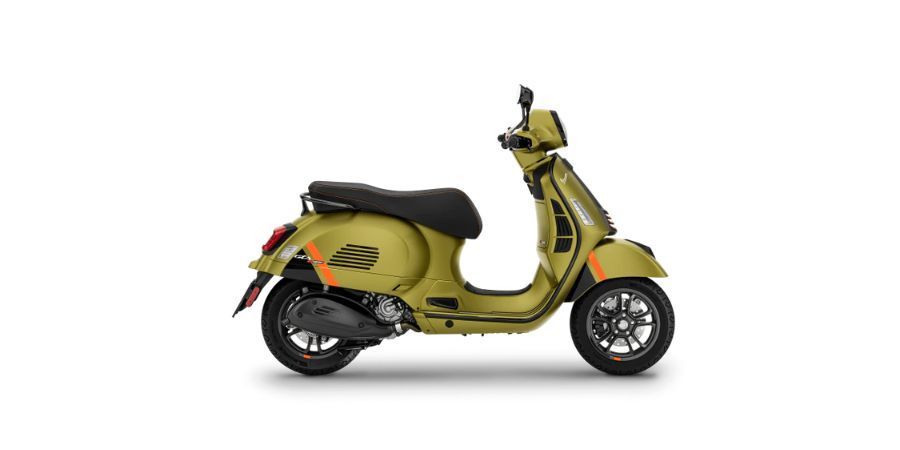
History
The first scooter was invented in Germany in 1817 by Karl von Drais de Sauerbrun. However, the first motorized scooter or Autoped, was created by Arthur Hugo Cecil Gibson and Joseph F. Merkel in 1916. The first model, recognizable as a modern scooter, the Unibus, was produced by the Gloucester Aircraft Company in 1921.
In the 1930s, U.S. scooters gained popularity amidst the Great Depression. Children created wooden scooters from scraps, increasing mobility for those who couldn't afford them. By 1939, motorized scooters flourished in the US, with brands like Honda and Fuji emerging.
As cities became busier, their compact size and user-friendliness made scooters increasingly popular for urban mobility.
Interesting Facts
- Aprilia's SRV 850, a remake of the Gilera GP800, was once the world's fastest scooter. An Italian V-twin sports bike, its powerful engine, and counterbalancing mechanics offered extraordinary handling and performance.
- In the 1953 film "Roman Holiday," Gregory Peck and Audrey Hepburn's characters explore Rome on a Vespa 125, iconic to Italian life. Their journey symbolically represents freedom, making scooter riding appealing.
- The 21st century saw the advent of electric scooters, revolutionizing urban mobility. They have grown increasingly popular due to their environmentally friendly nature and ability to navigate easily in congested city traffic. Today, electric shared scooters are a common sight in many cities worldwide.
- The Piaggio MP3, recognized globally as the first 3-wheel scooter, is an innovative solution to urban travel needs. It offers easy maneuverability and high safety levels, making it ideal for navigating city streets or commuting from expanding suburbs.
Mopeds
A moped is a lightweight, low-powered motorized vehicle, usually featuring two wheels, a small engine rated at under 50cc, and pedals.
It is designed for short-distance commuting and urban travel but has low top speeds, typically between 28 and 45 km/h.
History
Mopeds emerged in the time following World War II, providing a cost-effective solution to transportation.
Attributed to Harald Nielsen, a Swedish journalist in 1952, the term "Moped" was conceived as a blend of the Swedish terms meaning "motor" and "pedals". This mirrored the practical design of these motorized bicycles, which also allowed for manual pedaling.
Interesting Facts
- Mopeds have evolved from being a low-speed transportation solution to being recognized as a sustainable, eco-friendly means of urban commuting, thanks to the advent of electric mopeds.
- France's Motobécane Mobylette was one of the most famous mopeds, with over 14 million units produced from 1949 to 1997. At the height of the Mobylette's manufacturing in the 1970s, an estimated 750,000 units were rolling off production lines yearly. Since then, "Mobylette" has transitioned from a brand name to a colloquial term in French, often used to denote mopeds generically.
- Although they resemble motorcycles, mopeds are governed by different sets of laws, and the rules for license requirements and operation vary considerably across countries.
Electric Motorcycles
Electric motorcycles are propelled by an electric motor rather than a gasoline engine and powered by rechargeable batteries.
They offer silent operation, instant torque delivery, and zero emissions, making them environmentally friendly alternatives to traditional motorcycles.
History
The roots of electric motorcycles can be traced to the 19th century, a time when the development of batteries and electric motors was emerging.
In 1869, France witnessed a turning point with the first-ever patent for an electric motorcycle. This groundbreaking concept underwent a transformation, and approximately a decade later, in 1881, the first electric vehicle demonstration took place.
Interestingly, the debut electric vehicle was not a motorcycle but a tricycle. This innovation marked an impressive shift in transportation, shaping a future that continues evolving to date.
Interesting Facts
- Energica Motor Company S.p.A. holds the distinction of being the first Italian manufacturer of supersport electric motorcycles. Situated in Modena, within Italy's renowned Motor Valley, Energica's electric motorcycles personifies sophisticated Italian artisanship and engineering.
- Increased environmental concerns and advances in battery technology have revitalized interest in electric vehicles, including motorcycles. Companies like Harley Davidson, Niu Technologies and Energica have been at the forefront of the electric motorcycle revolution.
- With a focus on speed, Voxan Wattman holds the world's fastest electric motorcycle title, hitting an extreme top speed of 456 km/h. At the Kennedy Space Center runway in 2021, it broke its prior record by achieving 283 mph, establishing 19 new speed records across two weight classes.
About the Author
William Flaiz, passionate about European motorcycle brands, shares his expertise and stories on RunMotorun.com. He offers detailed insights and reviews, aiming to educate both seasoned enthusiasts and newcomers. Flaiz combines personal experience with thorough research, welcoming visitors to explore the rich world of European motorcycles alongside him.

